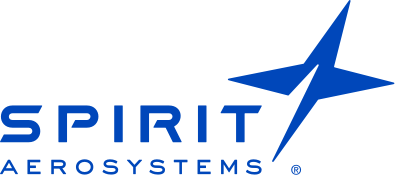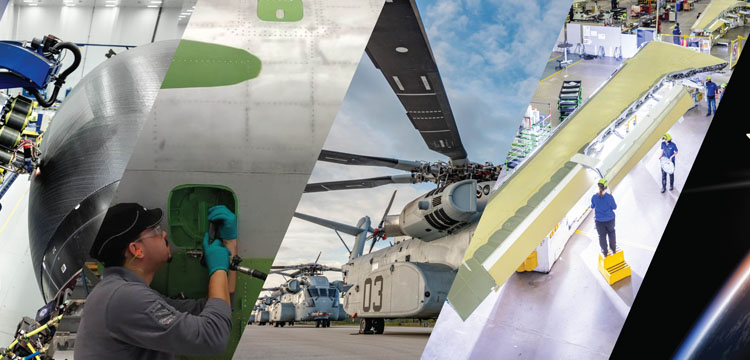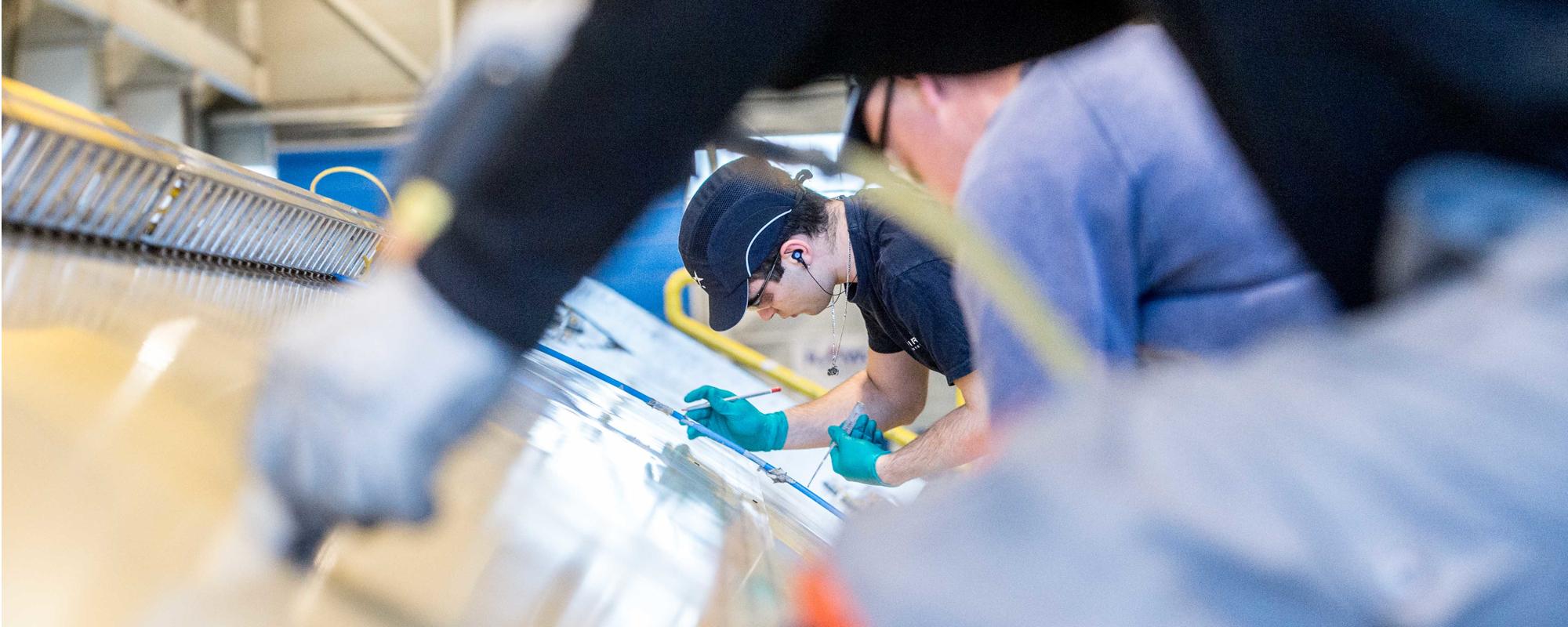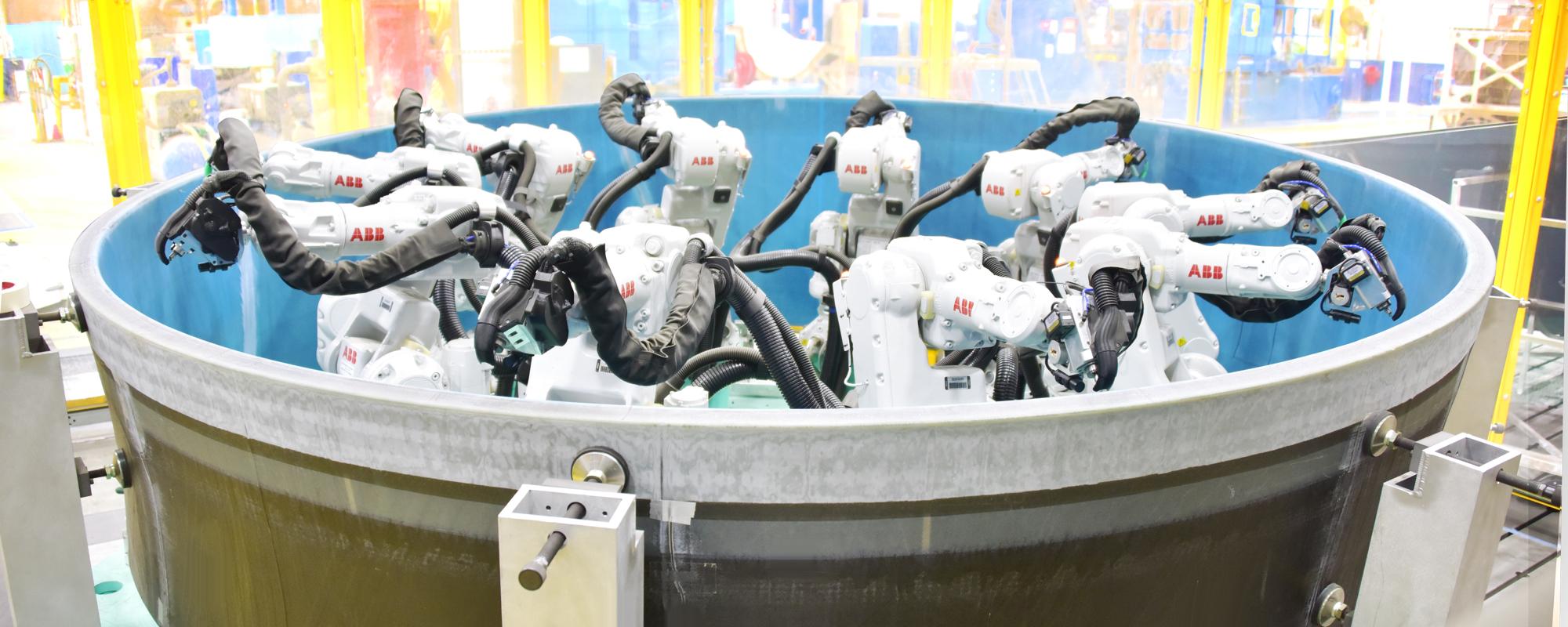Spirit leaders list several key components of the smart factory, all of which are, to some extent, already being used within company operations.
Takt-Based Production Lines Taken from the German word “taktzeit,” takt time is a lean-manufacturing term referring to a steady rate of production. This continuous rhythm utilizes all resources fully, including employees and equipment. One important way to accomplish takt is to design each workspace with easy-to-reach tools and supplies. “It really is about orchestrating the work,” says Hein. “All of the tools, all of the parts, all of the kits that employees need will be available in an organized, easy-to-access fashion to execute what they need to do and keep on takt.”
According to Kami Power, Director of Boeing 747 and 767 Programs, this principle is about keeping the line moving, but more importantly, about keeping people moving in healthy ways.
